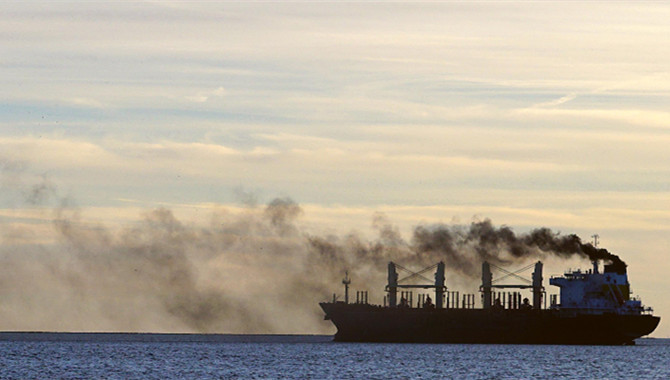This notice is issued as general guidance only and should be read in conjunction with MARPOL Annex VI and associated guidelines, relevant Acts, and Marine Orders.
Use of Exhaust Gas Cleaning Systems in Australian waters
The use of an EGCS is permitted in Australian waters as an option to comply with the low sulphur fuel requirements of MARPOL Annex VI, as set out in the Protection of the Sea (Prevention of Pollution from Ships) Act 1983, section 26FEGA, provided it is approved by the vessel’s flag State Administration, or a recognised organisation appointed by the flag State. The EGCS must also be operated in accordance with International Maritime Organization (IMO) requirements, including the
2021 Guidelines for Exhaust Gas Cleaning Systems (resolution MEPC.340(77)).
Crew members must be properly trained in the use of the EGCS and the system must be kept in good working order, with maintenance up-to-date and monitoring devices fully operational. The EGCS approval documents as well as operational and maintenance records for the EGCS must be maintained on board the vessel and made available for inspection upon Port State Control Officer (PSCO) request.
Prior to being discharged into Australian waters, EGCS wash water must comply with discharge water quality criteria set out in the 2021 EGCS Guidelines. While there are no prohibitions on the discharge of wash water from EGCS in Australian waters, some port Authorities may encourage vessels to avoid discharging wash water within port limits.
EGCS malfunctions
If there is an EGCS malfunction, action must be taken as soon as possible to identify and remedy the malfunction. Any EGCS malfunction that lasts more than one hour, or repetitive malfunctions, should be reported to the flag State Administration and Competent Authority of the port State of the vessel's destination. The report should include an explanation of the steps that are being taken to address the failure.
If the vessel’s EGCS cannot be returned to a compliant condition within one hour, the vessel must then change over to compliant fuel oil. If the vessel does not have sufficient compliant fuel oil to reach the next port of destination, the vessel will need to make a report to the relevant authorities, including the vessel’s flag State Administration and the Competent Authority for the next port of destination. The report must outline the vessel's proposed course of action, which might include bunkering compliant fuel oil at the next port or carrying out repair works. Where this occurs on an Australian vessel or a foreign vessel within Australian waters, this report should be sent to
reports@amsa.gov.au.
Any EGCS found to be not in compliance with IMO guidelines in any respect (including but not limited to the discharge water quality criteria) may be prohibited from use in Australian waters.
Further information
This document does not constitute legal advice and is not a substitute for independent professional advice.
Source: AMSA
The opinions expressed herein are the author's and not necessarily those of The Xinde Marine News.
Please Contact Us at:
media@xindemarine.com


 Ningbo Containerized Freight Index Weekly Commentar
Ningbo Containerized Freight Index Weekly Commentar  Ningbo Containerized Freight Index Weekly Commentar
Ningbo Containerized Freight Index Weekly Commentar  Ningbo Containerized Freight Index Weekly Commentar
Ningbo Containerized Freight Index Weekly Commentar  BIMCO Shipping Number of the Week: Bulker newbuildi
BIMCO Shipping Number of the Week: Bulker newbuildi  Ningbo Containerized Freight Index Weekly Commentar
Ningbo Containerized Freight Index Weekly Commentar  Ningbo Containerized Freight Index Weekly Commentar
Ningbo Containerized Freight Index Weekly Commentar